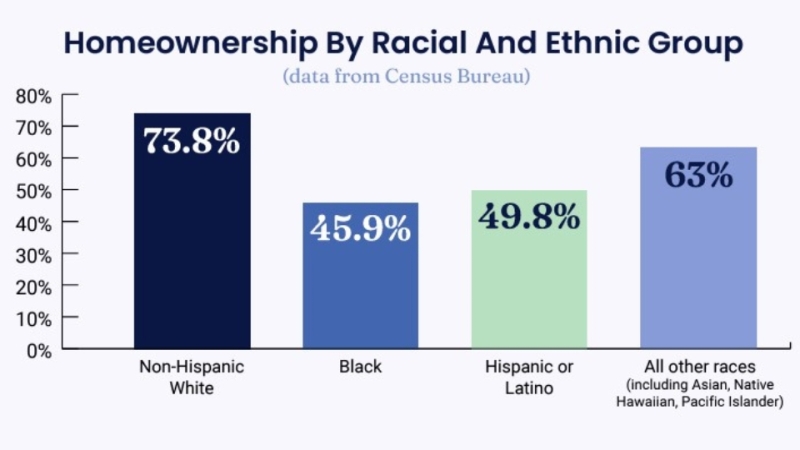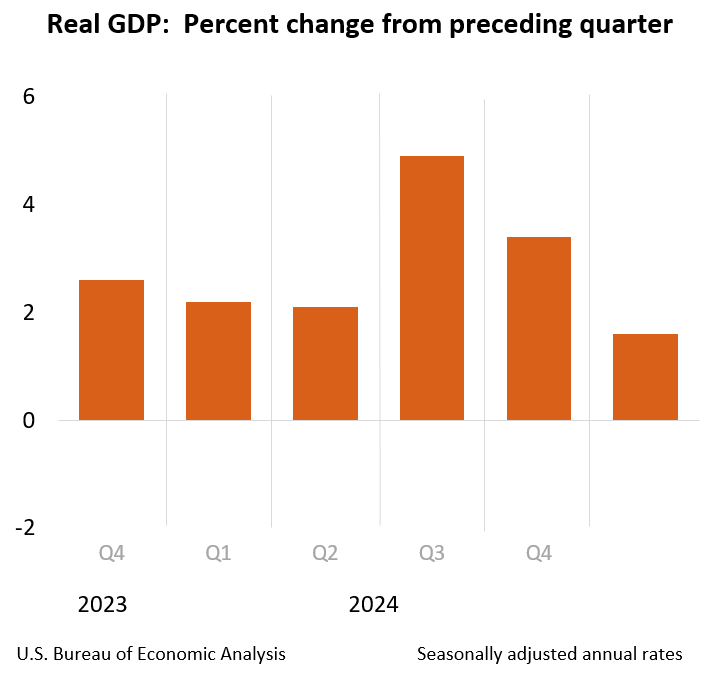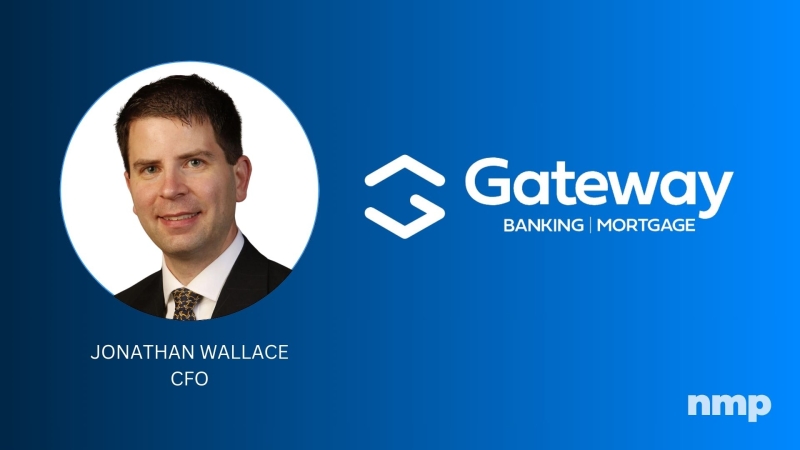Advertisement
Sales and brain surgery
Who, me?Dean C. Williams Esq.Sub-prime mortgage crisis,causes
As the sub-prime panic continues to spread, the finger of blame
reaches more and more industry players. Who will be next, and who
or what is really to blame?
Throughout history, in times of sudden hardship, humans have
sought someone to blame. Mary, Queen of Scots, was blamed for
treasonous unrest in Elizabethan England. Gavrilo Princip started
World War I by assassinating Austrian Archduke Franz Ferdinand.
Herbert Hoover started the Great Depression. Yoko Ono broke up the
Beatles, and Kobe Bryant broke up the Lakers. Granted, the
ramifications of the latter two were dramatically less severe. Yet
in each of these cases, as with the current sub-prime meltdown, the
blame lies more so in inherent structural problems than in any one
individual or profession.
This is not to say that all parties are innocent—for as
cracks continue to shoot through the ice all around the
homeownership value proposition, there are certainly lessons to be
learned by all of us. Nor should we seek to simply put blame to the
system out of shameless self-preservation. But a review of those
currently being blamed reveals a common thread that has largely
escaped the public's attention—and should demand ours.
Hardly a day goes by without increasingly bad news for the
mortgage industry. Massive layoffs have taken place, lenders have
folded and foreclosure rates continue to climb. Spooked by the
impact of the sub-prime meltdown on major investment institutions
(most notably, Bear Stearns), investors are retracting their
capital from sub-prime lending and deploying it in more promising
ventures. The lifeblood of the mortgage industry is drying up, and
without fundamental change, any transfusion is unlikely in the near
term. The days of taking solace in the diffusion of risk are behind
us.
So closely removed from the mortgage industry's Golden Age, how
have things gone so wrong? As was recently reported in The Wall
Street Journal, "Mortgages matter because they represent about
four-fifths of the U.S. consumers' $12.8 trillion in total debt.
About one in six sub-prime variable-rate mortgages were delinquent
in the first quarter" ("The debt-ometers," The Wall Street Journal,
Aug. 7). In a nation increasingly known around the globe for the
debt incurred by its citizens, approximately 80 percent of that
consumer debt is tied up in mortgages. Thus, what may appear to be
only a marginal problem on a percentage basis is in fact a
spectacular problem when considering real dollars.
Mortgage industry leaders have been quick to point the finger of
blame toward fraud. The problem of fraud was presented in a
fascinating article by New York Times reporter Julie Creswell.
Creswell quoted Constance Wilson, executive vice president at
financial fraud detection firm Interthinx, as stating that: "There
is a whole underground world—an online cottage
industry—that has grown up that allows anyone to commit
mortgage fraud" ("Web help for getting mortgage the criminal way,"
The New York Times, June 16). The article demonstrates how
obviously respectable institutions of high finance such as
www.raisecreditscorenow.com, www.noveltypaycheckstubs.com,
www.fakepaycheckstubs.com and www.verifyemployment.net aid aspiring
fraudsters by providing fake or misleading financial
documentation—even bogus employers to do telephone
verifications. It should come as no surprise, then, that according
to a recent report by the Mortgage Asset Research Institute, "the
most common types of fraud found to date in 2006 originations are
in the areas of employment history and claimed income" (Ninth
Periodic Mortgage Fraud Case Report to Mortgage Bankers
Association).
Mortgage industry leaders are rightfully pressing for greater
scrutiny of this issue by federal law enforcement. It is difficult
to responsibly issue loans when the borrower is providing
fraudulent information.
Nonetheless, unless the Rust Belt states—which are among
the national leaders in per capita foreclosures—happen to
have a greater predominance of dishonesty than the rest of the
nation, it should be fair to say that fraud is only part of the
problem. Indeed, as the Mortgage Asset Research Institute itself
reports, "incidents of mortgage fraud are now more evenly
distributed across nearly all states, whereas in prior years,
reports tended to be concentrated in relatively few states" (Ninth
Periodic Mortgage Fraud Case Report to Mortgage Bankers
Association). Experience and statistics show us that adverse life
events (death of a family breadwinner, prolonged illness, loss of a
job, etc.) cause more foreclosures than fraud.
Industry leaders recently participated in a Homeownership
Preservation Summit led by U.S. Committee on Senate Banking,
Housing and Urban Affairs Chair (and current Democratic
presidential candidate) Christopher Dodd. The session produced what
it called a "Statement of Principles" (you can view it online at
http://dodd.senate.gov), which has resulted in much mutual
back-patting. The statement is notable both because it places more
of an emphasis on saving a loan than on saving a borrower's
long-term financial well being and because it does not suggest any
action that responsible lenders are not already doing (other than
tracking their progress through the principles themselves). Nowhere
does it mention selling a home that has become unaffordable. This
speaks directly to the finger of blame that is being pointed at
lenders, that they care more about loans than about borrowers.
Anyone who has attended a conference put on by the Mortgage Bankers
Association knows such a claim to be false, but most Americans (and
their members of Congress) have not. It is difficult to shift blame
when an industry only focuses on the status quo and even tries to
push the blame onto consumers.
And Congress has taken note of this. A number of bills have been
drafted that would increase regulation of the mortgage industry,
open it up to lawsuits by the bushel, and effectively scare capital
(and thus credit) away from the real estate finance sector. In a
recent Wall Street Journal op-ed, Lawrence Lindsey, former chief
economic adviser to President George W. Bush, wrote, "Nearly 10
million more households own their own homes today than a decade
ago. Most of this increase was due to financial-market innovation
that made access to home mortgages more available. Excesses
occurred, but a choice must be made about whether to sustain the
progress of the last decade or revert to the pre-innovation days of
the early 1990s. It is not only homebuyers who will be affected by
the choice we make. The values of every existing home in America
are at stake" ("Mortgage madness," Wall Street Journal, Aug.
3).
There should be no doubt that during a boom cycle, some loan
originators were over-zealous. But no amount of analysis can
predict a death in the family, the loss of a job or a prolonged
illness. The mistakes made on the lender side of the foreclosure
equation lie not in the loan origination, but in the options given
to a distressed borrower when a loan cannot be worked out. And what
option is that? Sending them to a traditional real estate
agent.
Real estate agents have been placed in a difficult position. In
bazaars around the world, merchants are waiting for the same thing
as American real estate agents: someone who will make them an offer
so they can barter back and forth. They are reliant on appraisers,
whose authority in the real estate disposition process has been
magnified far beyond their value and accuracy. (When was the last
time you bought or sold a house for the list price?) And now,
online valuation sites are arming sellers with even more erratic
expectations. As it was recently said in The New York Times:
"Either my house lost $94,248 in value over the last two months or
it gained $32,799 in the last 30 days" ("What's My House Worth? And
Now?" The New York Times, Aug. 2). And so, stigmatized with a list
price based on expert guesswork, agents wait for the offers to come
in as more and more properties are dumped on a declining market. As
more and more properties go onto the market, the market value of
the listed property declines and the agent signs on more listings,
thus lowering the focus on selling that original property and
continuing the cycle.
This is called speculation. If you or I own a share of Google
stock and want to sell it, we can call our broker and give one of
two instructions. We can say we want to sell now and will take
whatever the market presently gives. This is a non-speculative
transaction. Or, we can say we want to sell the stock when its
market value reaches a certain price. This is a speculative
transaction, and is the way more than 95 percent of real estate is
sold in the United States. For those who can afford to
wait—who can afford to speculate—the system, as it
stands, can offer predictable and controlled results.
But what about those who can't afford to wait, who just want
what the market will bring? What about homeowners facing the threat
of foreclosure? What about lenders whose real estate portfolios
bulge more every day with more vacant and non-earning assets? Under
our current system, we still send them out to
speculate—hoping someone out there besides their appraiser
thinks their house is worth the listed price.
In my hometown, we recently unearthed a time capsule that had
been buried 50 years ago and contained a shiny, gold 1957 Plymouth
Belvedere. To the surprise of many of us, people came from around
the world to see this car in all its glory. And when it was removed
from the crypt that had held it for the last 50 years, it was found
to be completely rusted over—incapable of ignition, let alone
transportation. In a similar vein, our method for selling real
estate has been the same since the days when this rust bucket had
been a brand new, beautiful piece of American craftsmanship. The
financial services around homeownership (mortgages, insurance,
appraisal, etc.) have all evolved, but when it comes to the most
important element of the transaction—the actual buying and
selling of real estate—the vast majority of homes are still
offered in the same speculative way they were 50 years ago.
The blame for the current rash of foreclosures falls not with
lenders, nor with agents, nor with consumers themselves—all
of whom are doing the best they can within an antiquated system.
Until the United States moves toward a viable two-tiered real
estate disposition system that allows equal opportunity to sell a
home while speculating or not speculating, brokers will get burned
by the hand of fate, agents will be swamped by devalued products
and consumers will be left wondering whether or not they really
want to risk homeownership. While great historical upheavals have
often led initially to blame, they also usually led to structural
adjustments that alleviated any need for blame in the future. Those
who value the concept of homeownership are presented with such an
opportunity and ignore it at their own peril.
Dean C. Williams Esq. is president and CEO of Williams &
Williams. He may be reached at (918) 217-6446, e-mail [email protected]
or visit www.williamsauction.com.
About the author





